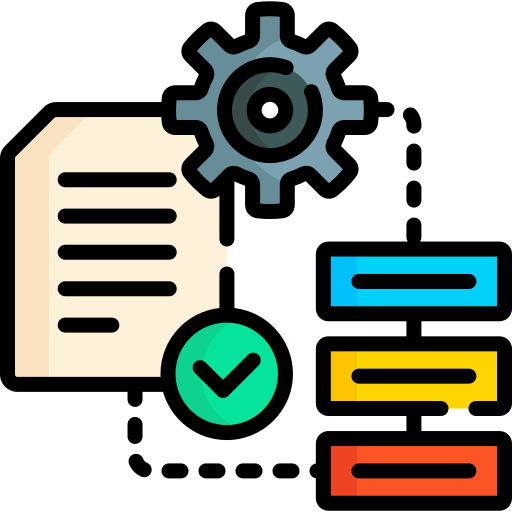Secure SDLC Lifecycle Consulting
Secure SDLC (Software Development Life Cycle) Lifecycle Consulting focuses on integrating security measures at each phase of the software development lifecycle to ensure the development of secure and resilient applications. The aim is to identify and mitigate security risks early in the process rather than addressing vulnerabilities after the software has been developed. This approach reduces costs, ensures compliance, and improves the overall quality of the software.
Here’s a breakdown of the key phases in a Secure SDLC along with the security aspects that should be considered at each stage:
- Security Requirements Definition: Identify security requirements based on the application’s functionality, regulatory requirements (like GDPR or HIPAA), and threat models.
- Risk Assessment: Conduct initial threat modeling and risk assessment to understand the potential vulnerabilities that could arise based on the app’s nature and environment.


- Threat Modeling: Create threat models for different components to anticipate potential attack vectors.
- Secure Architecture Design: Incorporate security principles (e.g., least privilege, defense in depth, etc.) into the architecture of the software.
- Design Review: Perform a security-focused design review to ensure all critical areas are accounted for.
- Secure Coding Practices: Enforce coding guidelines and best practices such as OWASP Top 10 to avoid common vulnerabilities (e.g., SQL Injection, XSS).
- Code Review: Regularly conduct security code reviews to catch insecure coding practices early.
- Use of Static Code Analysis Tools: Automated tools can help identify vulnerabilities in the code before it is moved to production.


- Security Testing: Include penetration testing, vulnerability scanning, and static/dynamic analysis.
- Automated Testing: Run automated security test cases to identify potential issues that manual testing might miss.
- Interactive Application Security Testing (IAST): Use tools that can detect vulnerabilities in real-time as code runs during testing.
- Security Configuration Management: Ensure that the software is deployed with secure configurations (e.g., disabling unnecessary ports, setting strong default passwords).
- Secure Environment Setup: Deploy in secure environments, enforcing strict access control measures for servers, databases, and networks.
- Monitoring and Logging: Implement logging and monitoring mechanisms to detect any security anomalies post-deployment.


- Patch Management: Regularly update the software with security patches and fixes for newly discovered vulnerabilities.
- Continuous Monitoring: Monitor the software for new threats and vulnerabilities, responding proactively to address them.
- Incident Response Plan: Have a well-defined incident response process in place to quickly deal with security breaches or attacks.
benefits

Risk Reduction
Implements robust security controls that minimize the risk of data breaches, financial losses, and damage to the company’s brand reputation.

Improves Compliance
Ensures that the software meets legal, industry, and regulatory standards such as GDPR, HIPAA, or PCI-DSS, avoiding legal penalties and fines.

Quality Improvement
Encourages the use of best practices in secure coding, leading to a more stable, maintainable, and high-performing software product.
